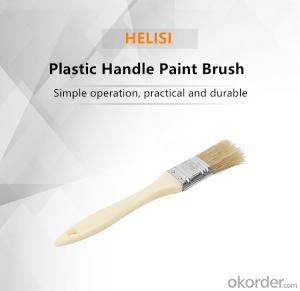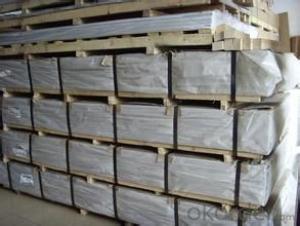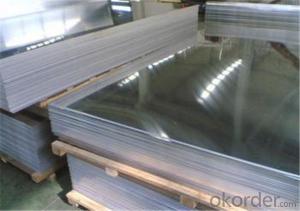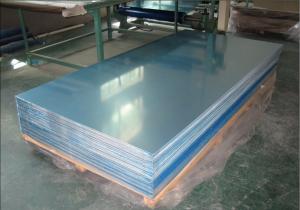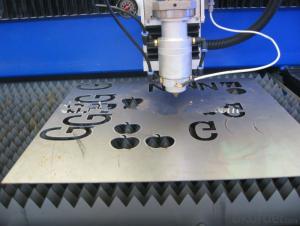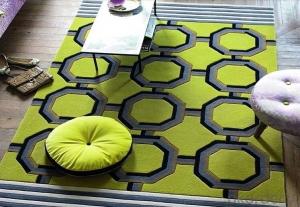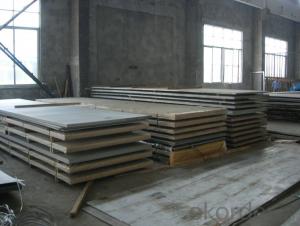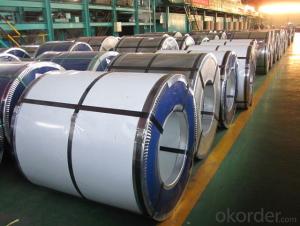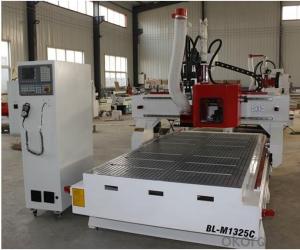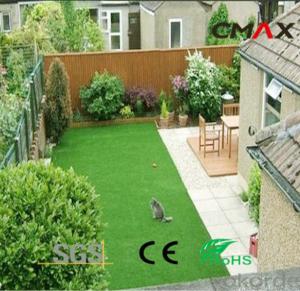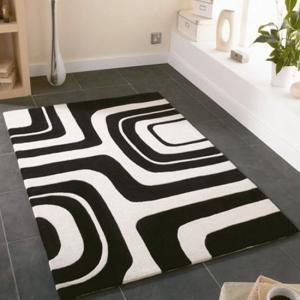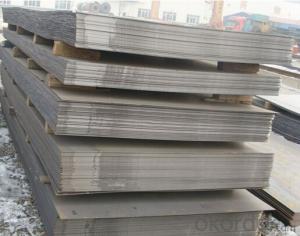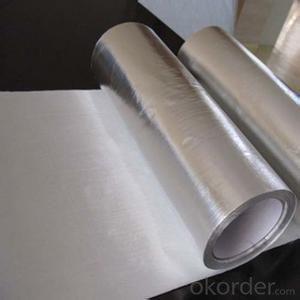Custom Cut Acrylic Sheet
Custom Cut Acrylic Sheet Related Searches
Primer For Galvanized Steel Msds Sheet For Magnesium Grinding Tools For Metal Metal Frames For Beds Metal Bar Chairs With Backs High Temperature Clear Plastic Sheet Galvanized Steel Wall Panels Galvanized Steel Sheet 4x8 Galvanized Steel Garden Beds 16 Gauge Sheet SteelHot Searches
Pvc Chairs For Sale Plastic Roof Tiles For Sale Heavy Duty Plastic Chairs For Sale Plastic Sheets For Sale Fiber Sheet Price In India Gypsum Board Price Per Sheet In India pvc pipe manufacturers in usa Stainless Steel Sheet Near Me Plastic Fiber Sheet Price Upvc Roofing Sheet Manufacturer In India China Pvc Geomembrane China Geomembrane Roll Sheet Pvc Roofing Sheets Price India Pvc Roofing Sheets Price 5 8 Type X Gypsum Board Price Gypsum Board Price Per Sheet pvc resin price index Lasani Wood Sheet Price Rhino Roofing Sheet Price List Tinplate Sheet PriceCustom Cut Acrylic Sheet Supplier & Manufacturer from China
Okorder.com is a professional Custom Cut Acrylic Sheet supplier & manufacturer, offers integrated one-stop services including real-time quoting and online cargo tracking. We are funded by CNBM Group, a Fortune 500 enterprise and the largest Custom Cut Acrylic Sheet firm in China.Hot Products
FAQ
- Aluminum sheets are not inherently fire-resistant, but they do have properties that make them more fire-resistant compared to other materials. Aluminum has a high melting point of 1220°F (660°C), which means it will not ignite or burn easily under normal conditions. Additionally, aluminum has a low ignition temperature and does not release flammable gases when heated. When exposed to fire, aluminum sheets form a protective oxide layer that acts as a barrier, preventing further combustion and slowing down the spread of flames. This oxide layer also helps to insulate the aluminum from the heat, reducing the risk of structural failure. However, it is important to note that while aluminum sheets have better fire resistance than materials like wood or plastic, they can still be damaged or deformed by intense heat. Therefore, it is crucial to consider other fire safety measures, such as using fire-resistant coatings or implementing fire suppression systems, in order to ensure maximum protection against fire hazards.
- The fatigue strength of aluminum sheets depends on various factors such as the alloy, thickness, and manufacturing process. Generally, aluminum alloys have good fatigue strength compared to other materials. However, the exact fatigue strength can vary significantly and must be determined through specific testing and analysis for each particular aluminum sheet.
- Aluminum sheets are widely used in various industries due to their numerous advantageous properties. One significant industry that utilizes aluminum sheets is the automotive industry. Aluminum is lightweight, yet strong, making it an ideal material for manufacturing car bodies and parts. It helps to reduce the overall weight of the vehicle, thus improving fuel efficiency and reducing emissions. Another industry that heavily relies on aluminum sheets is the aerospace industry. Aluminum's high strength-to-weight ratio makes it suitable for aircraft construction. It is used in the manufacturing of airplane frames, wings, and fuselages. The lightweight nature of aluminum contributes to increased fuel efficiency and allows for larger payloads. The construction industry is also a major consumer of aluminum sheets. Aluminum's corrosion resistance and durability make it an excellent choice for building materials. It is commonly used for roofing, siding, windows, doors, and structural components in both residential and commercial construction projects. In the packaging industry, aluminum sheets are extensively used for the production of beverage cans. Aluminum cans provide a lightweight and portable packaging solution, while also ensuring product freshness and protection from light and air. Furthermore, the electrical industry utilizes aluminum sheets for various applications. Aluminum's excellent conductivity makes it suitable for electrical transmission lines, cables, and wiring. It is also used in the production of heat sinks and electrical enclosures. Other industries that employ aluminum sheets include the marine industry, where it is used for boat building and ship construction due to its resistance to corrosion in saltwater environments. Additionally, aluminum sheets are used in the manufacturing of household appliances, such as refrigerators, ovens, and washing machines, due to their durability, lightweight, and heat conductivity properties. Overall, the versatility, strength, lightweight nature, and corrosion resistance of aluminum sheets make them indispensable in a wide range of industries, including automotive, aerospace, construction, packaging, electrical, marine, and household appliances.
- Yes, aluminum sheets can be anodized. Anodizing is an electrochemical process that creates a protective oxide layer on the surface of the aluminum. This layer enhances the metal's corrosion resistance, durability, and appearance. Anodizing is commonly used in various industries such as automotive, aerospace, and construction to provide a protective coating and improve the aesthetics of aluminum sheets. The process involves immersing the aluminum sheet in an acid electrolyte solution and passing an electric current through it, causing oxygen ions to bond with the aluminum atoms and form the oxide layer. This layer can be further enhanced with the addition of dyes or pigments to create different colors and finishes. Overall, anodizing is a versatile and effective method for treating aluminum sheets.
- How much is the price of the 6061 aluminum plate?
- Therefore, according to your specifications, quantity and use in what place (that is, quality requirements) in order to quote.Or give you a reference priceMore than 8MM thickness of the domestic low-end (that is, the surface black, flatness is not how kind of) price of 20 yuan /KG or soMade in China at the end of the price of 25-30 yuan /KG, domestic high-end 30 yuan /KG or more.Imports are usually 40-80/KGThe thickness below 8MM is quoted according to the actual thickness
- There are several types of finishes available for painted aluminum sheets, including matte, satin, glossy, metallic, and textured finishes. These finishes provide different levels of sheen, texture, and visual appeal, allowing for a wide range of aesthetic options for various applications.
- Yes, aluminum sheets can be used for reflector applications. Aluminum is widely known for its high reflectivity, making it an ideal material for reflectors in various industries. It has a reflectivity of around 90% for visible light and up to 95% for infrared radiation. The smooth surface of aluminum sheets allows for efficient reflection of light and heat, making them suitable for applications such as automotive headlights, solar reflectors, lighting fixtures, and optical instruments. Additionally, aluminum is lightweight, corrosion-resistant, and has excellent thermal conductivity, further enhancing its suitability for reflector applications.




